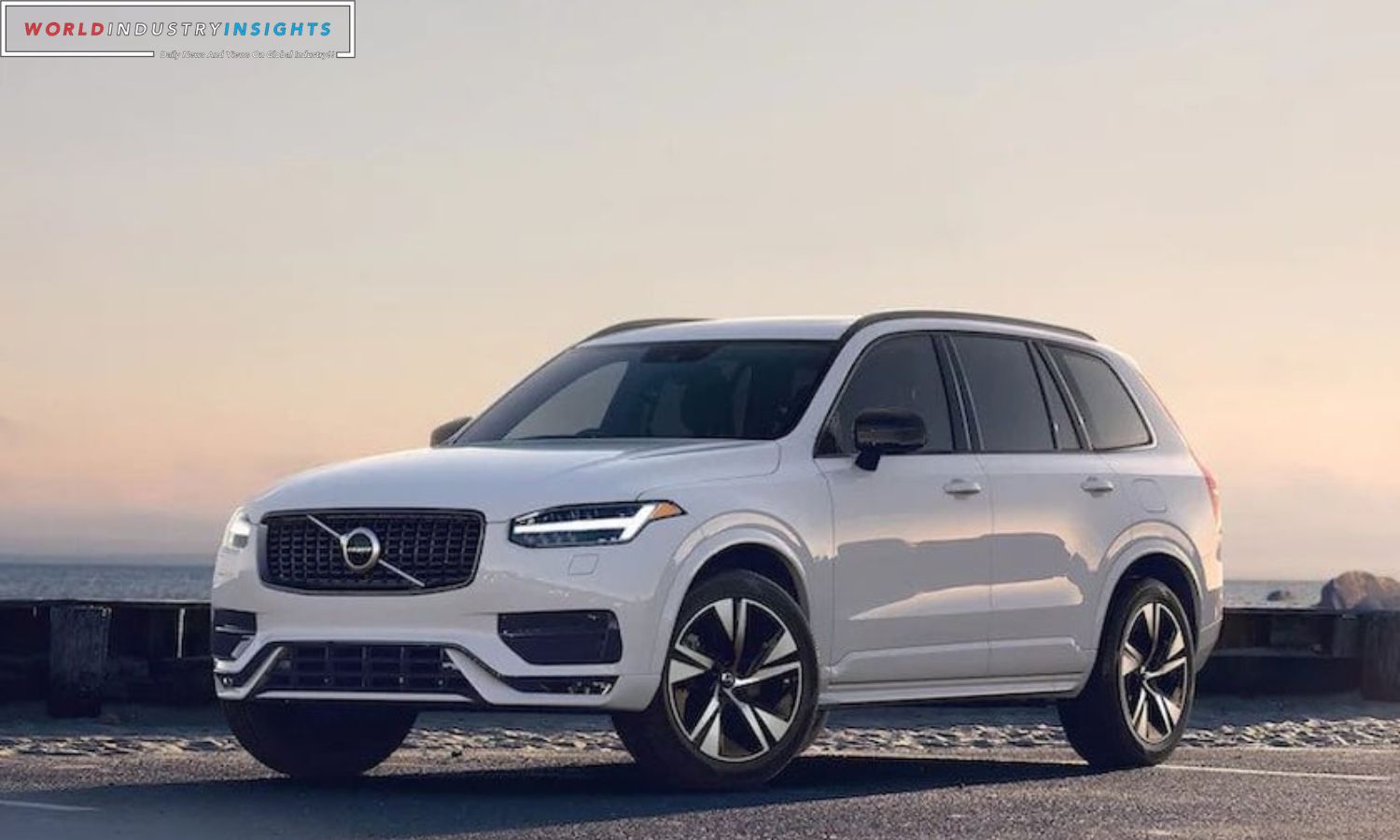Volvo Drives the Future: Volvo’s latest venture aims to seize the opportunities presented by electric vehicles (EVs) in supporting home and grid charging. The automaker is embracing bidirectional charging technology, which allows EVs to feed surplus battery power back into the grid. This not only aids in balancing power distribution during peak hours but also reduces reliance on fossil fuels.
Volvo’s flagship fully electric EX90 SUV will be the first vehicle equipped with hardware for bidirectional charging and direct energy storage from solar. Partnering with local grid company Göteborg Energi Nät AB in Gothenburg, Volvo is launching a vehicle-to-grid (V2G) pilot program. This initiative will test V2G technologies on the local energy grid and in homes, with a focus on affordability to drive widespread adoption.
Also Read: Volvo Cars August Sales Surge: European and U.S. Markets Fuel Remarkable 18% Growth
The project aims to secure approval from grid companies, demonstrate the tangible benefits of V2G programs, and serve as a testing ground for new technologies. Volvo is actively pursuing bidirectional charging, enabling car batteries to serve as an additional energy source for homes and other devices.
As part of their commitment to becoming fully electric, Volvo expects their EV fleet to amass around 50GWh of battery capacity by the mid-2020s. This flexible energy consumption can be optimized through smart charging, and data reveals that most daily drives in Europe use relatively small amounts of energy, leaving ample spare battery capacity. Bidirectional charging, along with concepts like vehicle-to-home (V2H) and vehicle-to-load (V2L) services, allows Volvo to explore various applications for repurposing stored energy, contributing to a smarter, more sustainable energy grid.
Our Reader’s Queries
Does Volvo have a future?
Volvo has set an ambitious goal to transform into a fully electric car brand by 2030. To achieve this, the Swedish automaker aims to have pure EV models make up 50% of its projected 1.2 million sales by 2025. To build its electric lineup, Volvo plans to introduce a new electric model every year while gradually phasing out internal combustion engines and hybrids. This move towards sustainability is a significant step for the automotive industry and demonstrates Volvo’s commitment to reducing its carbon footprint.
What is the Volvo strategy for 2025?
In the coming years, we plan to introduce a new fully electric vehicle annually, with the goal of having electric cars account for half of our global sales by 2025. Our lineup of electric and plug-in hybrid vehicles will be known as Recharge. Our commitment to sustainability and innovation drives us to make these changes and offer our customers a more eco-friendly driving experience.
What is so special about Volvo?
Volvo cars are renowned for their unwavering dedication to safety, dependability, and longevity. The brand has established itself as a leader in crafting automobiles that prioritize safety above all else, with a strong emphasis on crash prevention, driver assistance, and accident mitigation technologies. Volvo’s commitment to safety is unmatched, making their vehicles some of the safest on the road today.
Is Volvo really going all-electric?
Volvo has set its sights on becoming fully electric by 2030, but in the meantime, the brand is still introducing new gas-powered models. The latest addition to the Volvo family is a glimpse into what the future holds for the company.


